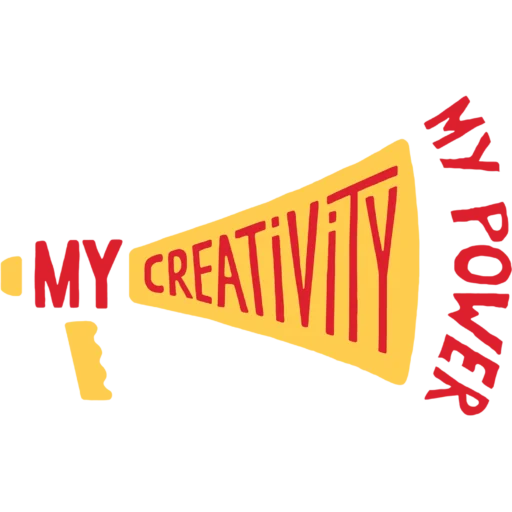Trash Orchestra
Description
Trash Orchestra is an interactive project that combines music with ecology. Each participant creates musical instruments from thrash materials, takes part in music workshops and in a music performance.
Target group
Number of participants
Min number of participants: 5
Max number of participants: 30
Number of facilitators: 3 (1 art instructor with knowledge on ecology / 2 musicians)
The project can be done with multiple groups that in the end will perform together the same program.ù
Environment
Time needed
Materials
Objective/aim
Step by step instructions
Step 1.
Before the workshop takes place (at least one day earlier), participants are asked to bring some recycled trash materials from their homes. Also the audience for the performance should be organized (children for other classes, parents, teachers, etc.).
Step 2.
The workshop day: Short theoretical introduction about the ecology and the problem of trash on the planet is given by the instructor (question and answer method).
Step 3.
Art workshops of creation of musical instruments from trash materials brought by participants takes place. Each participant, under supervision of instructors, makes his/her own instrument. The easiest way is to make percussion instruments such as shakers from plastic bottles and cans that are filled with beans and/or chickpeas. Participants can decorate these instruments. Any other ideas of musical instruments can be developed by instructors (or participants).
Step 4.
Musical workshops begin when all participants have completed at least one musical instrument. Introduction on the musical part is provided by music instructor who will be the director of the music performance. Brief theoretical instruction on how the orchestra works. Participants / players must understand that they must follow the instructions of the director during rehearsal and performance.
Step 5.
Divide participants into instrumental groups: for example, group of shakers players in one place of the room/stage, plastic bottle drummers in the other place, and so on.
Step 6.
Instructors introduce musical pieces to be rehearsed by participants and then performed in public. The best way is to use some folk songs and folk-dance melodies. One can be fast dance such as polka, the other can be mazurka or waltz. Some Klezmer or Gypsy tunes with accelerating tempo are useful as well. Use about three pieces of music. The songs are prepared in a way that instructors perform a musical piece and participants add their playing (or noise) in certain parts of performance.
Step 7.
It is the director’s task to develop a simple arrangement of music to be performed in public. Use simple patterns: shakers play the verse; on refrain they stop. In the bridge, tutti (everybody) play or make noise or scream. And so on. Instructor should be creative in this situation.
Step 8.
After the rehearsal is done, the music director informs how the performance to public will look like. How to behave on the stage: before, during and after the concert. Director tries to relieve the stage-fright by telling jokes about musicians and musical performance.
Step 9.
The final performance takes place in other room (it can be the school gym or hall). The public is gathering before participants enter the ‘stage’. When the audience is ready, the participants with the musical instructors enter the stage. While one of the instructors helps to finds proper positions of instrumental groups, the director gives a short introduction to the audience on the project, patrons, and participants. The interactive participation of the audience in the concert is welcome.
Step 10.
After the concert the music director expresses thanks to participants (introducing them) and to the audience. All performers leave the stage. Step 11. Participants with instructors go back to other room in which, previously workshops and rehearsals were realized. Short evaluation and loose talks and congrats with participants are must be.
